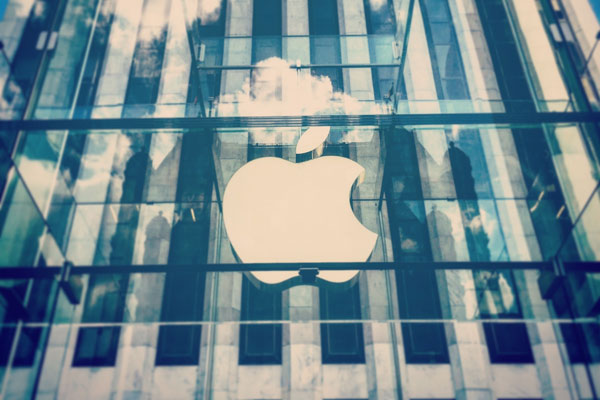It’s a sobering time to be a mobile developer, with both app and device sales down. Personally, I feel this is just the maturation of a new(ish) industry, and everything will work out eventually. But, noticing major dents in their revenue, the major players are clearly worried.
Google ostensibly announced their new app strategy recently at IO with ‘Instant Apps’. This is a way of creating and packaging apps that doesn’t require users to visit an app store. It’s an interesting idea, but it’s still unclear how developers (and Google) will monetize their efforts.
Ahead of their own developer event, WWDC, Apple’s Phil Schiller spoke with The Verge, among other outlets, about Apple’s new ideas for how users can pay for Apps, and how developers (and Apple) can produce more sustainable revenue sources from their work.
Subscriptions for All
Casting aside other criticisms and limitations of the Apple app store such as trials, and the ability to charge for major updates, Phil Schiller has instead discussed one idea in detail, App subscriptions.
App subscriptions are nothing new, and have been available to certain app categories for some time. This included news, cloud services, dating, and audio/video. But there was one glaring omission from this list, a category that (according to App Annie) is responsible for about 75% of App store revenue: games.
People love playing games on their mobile devices, but so far options to monetize them have been limited. While some studios have made plenty of money from games, players frown upon most payment options aside from a one-off charge. A subscription fee for a game could make a lot of sense for game developers, and it’s not unfamiliar to them, as it’s worked for games on other platforms.
There are other app categories where subscription models make perfect sense, but established players have typically been reticent about Apple’s model. These include well known services such as Netflix, Spotify and Amazon Instant Video. As Apple demands a 30% cut of all revenue made through its store and services, subscription services have generally coped by absorbing this cost, adding it to the fee, or encouraging users to register elsewhere, which reduces user convenience.
As well as opening subscription plans to all categories on June 13th, Apple is proposing a better revenue split for subscribers who stay with a service for more than a year. After the first year, the 70/30 split will change to 85/15, which may be just enough to justify the costs vs potential audience of listing their apps.
Reactions to the announcement so far have been mixed, with some seeing the potential for better and more reliable income, but others seeing it as another option that will put off the infamously tight mobile customer base when choosing apps.
Look beyond obvious uses for mobile app subscriptions and there are some other areas it could work well. After initial skepticism from customers, Adobe’s Creative Cloud model has been a great success for the company, and so has Office 365 for Microsoft. With products like the iPad Pro, and the complexity of ‘mobile’ apps reaching that of desktop apps, why couldn’t these subscription models work as well?
Recurring revenue could free developers from having to worry about funding major upgrades. Rolling release cycles have always made sense on mobile platforms, but until now they lacked the financial model to support them.
Search Ads
Another concern of app users and developers alike has been discoverability on the App Store. Users complain they can’t find apps they are looking for, and developers are concerned that users won’t find their apps amongst a sea of similar alternatives. Phil Schiller claims that algorithm tweaks are helping these issues, but refrained from supplying any actual proof. Instead he spent time discussing everyone’s favorite topic: ads.
In an attempt to keep the store clean of advertorials and sponsored listings, and capitalize on a $9 billion business in the US alone, the program will also launch in beta on the 13th.
Relevant ads will be listed alongside search results and will be identified as such. Developers will only pay if someone clicks on an ad. It’s a ‘soft’ network, only visible to those aged 13 and above, with no user data passed along. Users can even completely opt out of the service.
App to the Future
In eight short years, the Apple app store has gone from a ground-breaking money-making machine to feeling a little tired and dated. Its limitations, restrictions and slow approval times (which have also recently improved) were initially a guarantee of quality and higher revenue. But now these same factors feel like shackles to developers and users.
It’s time for a change, but are these small improvements enough to keep everyone happy? Or are they just catch-up measures that will do little to resolve the underlying issues of an outdated model that is ripe for re-disruption?
I would love to know your thoughts. Not only on these changes from Apple, but also on what you think new app store models could be.
 Chris Ward
Chris WardDeveloper Relations, Technical Writing and Editing, (Board) Game Design, Education, Explanation and always more to come. English/Australian living in Berlin, Herzlich Willkommen!



